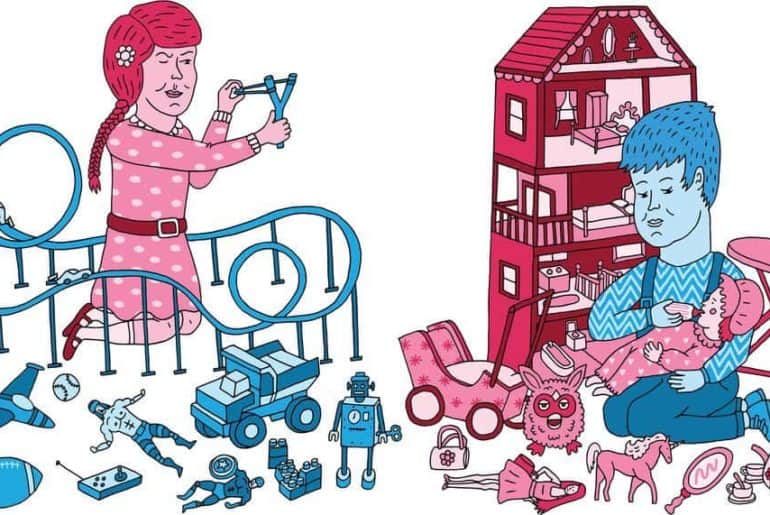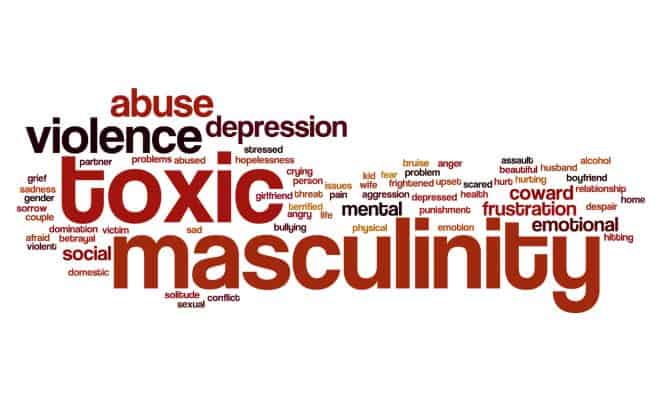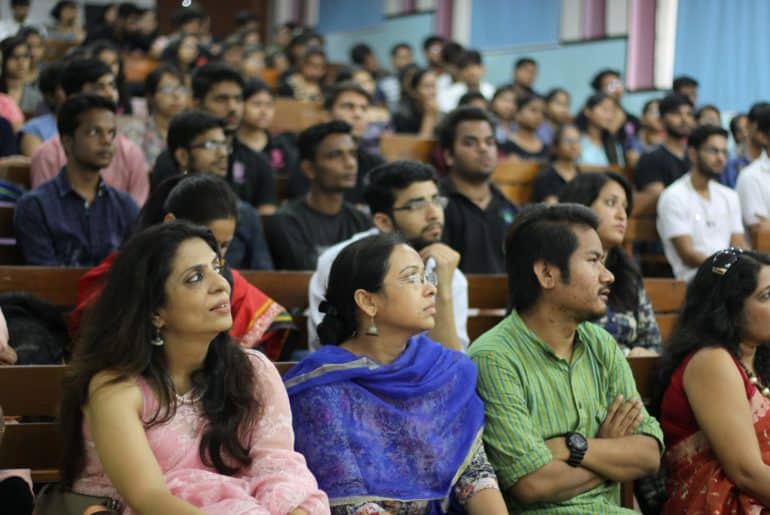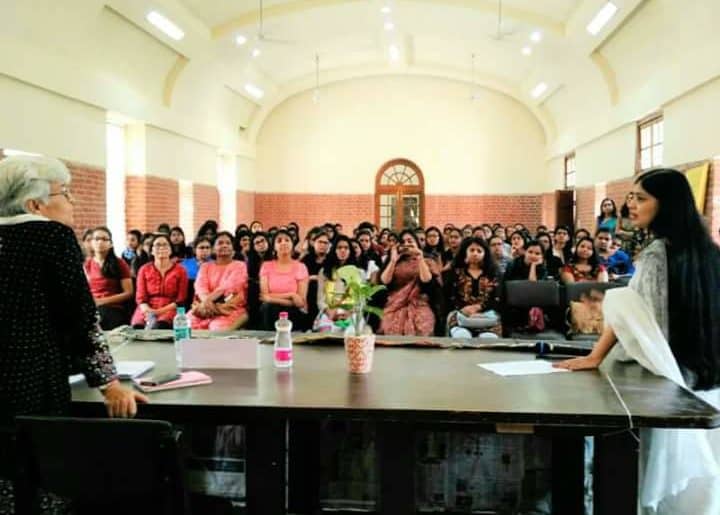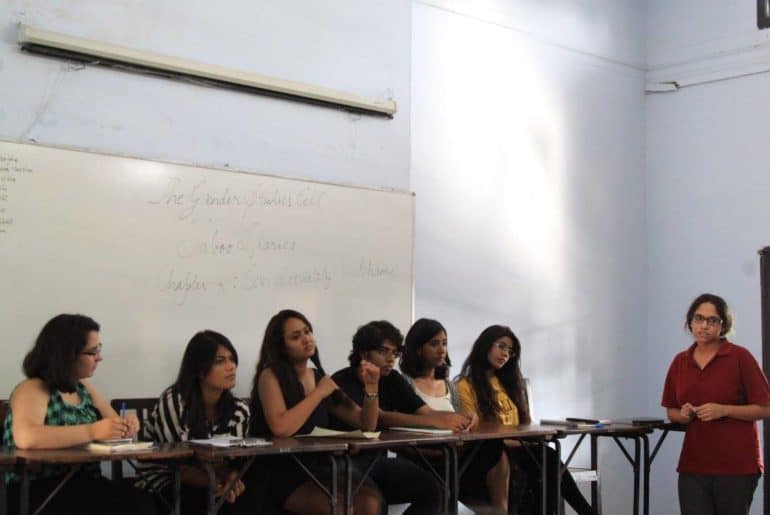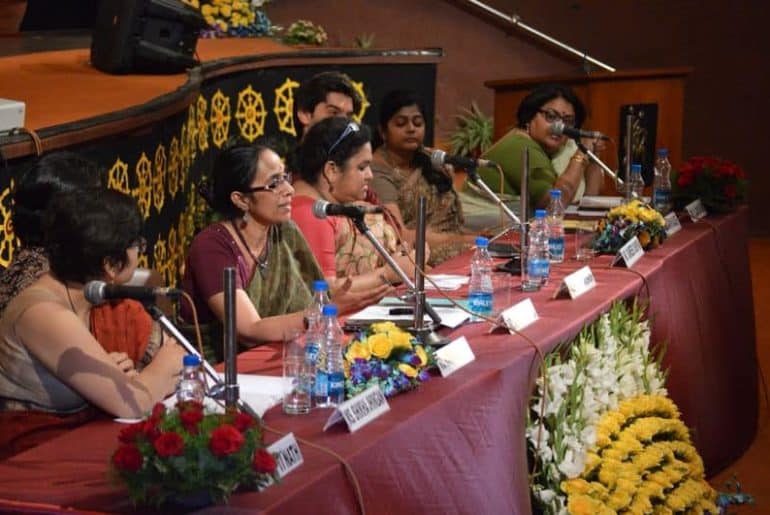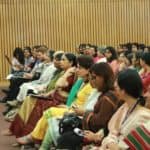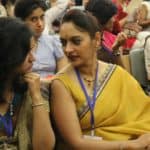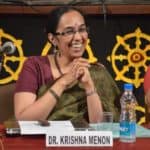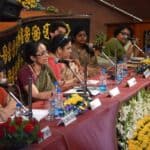It is time that the problematic and hyper-aggressive portrayal of what it means to be a man is effectively fought against. This narrative alienates and hurts people and society at large, irrespective of their gender and sexual orientation.
International Men’s Day is an occasion meant to raise awareness regarding the health of men and boys, improving gender relations, promoting gender equality, and highlighting male role models. A lot of us would wonder why we need one day to talk about the issues of men when every day of the year feels like Men’s Day. In 1966, James Brown recorded the song “This is a man’s world”, which talked about the contribution of men to modern society. The narrative in this song, one which reiterated the importance of men is still strong, more than 50 years after.
When we look at gender dynamics, men are applauded for their role in the development of modern society and the fact that women were never allowed to pursue similar activities is conveniently ignored. Sexism is a very real problem, with men at a ridiculous advantage over women, transgender and, non-binary people in terms of acceptance, freedom, and opportunities offered. The question that comes to mind is- why should a day be devoted to celebrating men when they are at an obvious advantage already? Here is why- because, as much as this planet is man’s world, the definition of what makes a man is very narrow. Heteronormative boundaries and a problematic glorification of “manliness” have hurt males just as much as it has hurt members of other genders. The likes of Don Draper and James Bond have across decades created a rigid definition of what it means to be a man. Popular culture glorifies and promotes toxic masculinity, and has increased conformity in behaviours such as misogyny, homophobia, and violence. One look at your television screen is enough to tell you how little boys from a young age are taught to objectify, disrespect, and mock anyone and everyone who isn’t a “manly man”. Words and language like “sissy” and “no homo” promote the ideology that there is just one right way of being a man- by being a caveman-like, hyper-masculine, violent, emotionally unavailable individual with ridiculous sexual prowess who is at the top of the social hierarchy. Take one look at the popular men on television and in films- characters like Barney Stinson, who for all his charm is a misogynistic womanizer who lies, cheats and plays by every possible trick for the sake of sexual activity. Charlie Sheen is another beloved television character who devoted his life to alcohol and objectifying women. These characters, these little jokes propagated in the name of comedy contribute to the formation of a social structure where the only men who are respected are the ones who engage in the aforementioned behaviour. Donald Trump cited his crass and vulgar interview of grabbing women by the genitalia as “locker-room” talk and a ridiculous number of his followers bought that lie, simply because his language fit into what their idea of locker room talk is.
Toxic masculinity is a deep problem that is never addressed enough. I have an acquaintance added on Facebook who responds to every joke his friends make on him on social media with a line that starts or ends with “your mom”. This is a classic case of toxic masculinity, where the only appropriate, “manly” way to respond to an insult is to bring down a woman. “Hyper-masculinity” means exaggeration of stereotypical male behaviour, such as the emphasis on physical strength, aggression, etc. Glorification of hyper-masculinity undermines ever male who does not fit into its narrow definition.
This November 19th, we need to talk about such issues. I have seen innumerable body-positivity and well-being pages aimed at women and not one-tenth of such pages aimed at men. Toxic masculinity is so deep-rooted and powerful, that the idea that men need positive reminders, hope and encouragement is largely forgotten by most of us. Transgender men, gay men, or men who do not fit into the narrow definition of masculinity are unfortunately marginalised. Their problems and issues aren’t talked about, their existence often ridiculed and mocked. Most of the posts that I have seen regarding men facing sexual assault too, or being victims in domestic relationships, are in response to women talking about their hardships and subjugation. The “men get harassed, stalked, raped too” statement is all too common, meant to undermine a woman, transgender or non-binary individual talking about a form of violence they have faced. It is time we remove the “too” from this statement. Instead of saying “men get assaulted too” when women talk about harassment; let’s start saying things like “men get harassed”, “men are stalked”, “men can be victims”, period. The problematic “too” at the end of these sentences, aimed to silence the voices of those trying to talk about their struggles needs to be discarded. Conversations regarding male subjugation should not be treated as a method to silence the voices of those trying to talk about their problems. If male-rights activists wish to gain authenticity and respect, they need to move from their narrative of “XYZ happens to men too” and need to start talking about issues that affect men. This International Men’s Day and on all subsequent days to follow, may we be able to identify, target, and effectively dismantle toxic masculinity, all the while creating a wider definition of masculinity that is accepting of all men irrespective of their height, physical appearance, the amount of sexual activity they engage in, or how they choose to identify themselves amongst all the sexual orientations out there.
Feature Image Credits: Time For An Awakening
Kinjal Pandey
[email protected]


